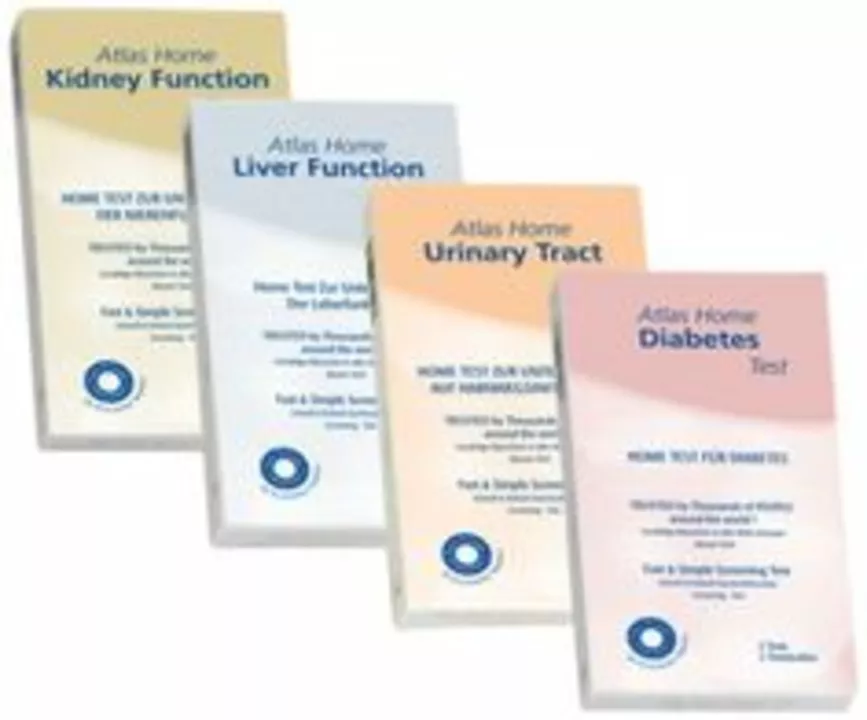Urinary tract spasms: causes, symptoms, and fast relief
Urinary tract spasms are sudden, involuntary contractions of the bladder or urethra. They can feel like a sharp urge to urinate, cramping pain, or brief stabbing sensations. Spasms are common with urinary tract infections, bladder stones, catheter use, interstitial cystitis, and after certain surgeries. Neurological conditions like spinal cord injury or multiple sclerosis can also trigger them. Knowing likely causes helps you choose the right next step.
Quick at-home fixes
If pain or urgency is mild, try these immediate steps. Use a warm heating pad or sit in a warm sitz bath for 10 to 20 minutes — heat relaxes muscles and eases cramping. Practice timed voiding: set a schedule to pee every 2 to 3 hours to reduce urgent episodes. Cut bladder irritants like caffeine, alcohol, spicy foods, and artificial sweeteners for a few days. Stay hydrated but sip water slowly; concentrated urine can irritate the bladder. Try pelvic floor relaxation: breathe slowly and let your belly soften rather than tensing the pelvic floor when you feel a spasm. Over-the-counter pain relievers such as acetaminophen or ibuprofen can help short-term, but follow dosing instructions and don’t use them as a long-term plan.
Medical treatments and when to see a doctor
If spasms continue or are severe, see a healthcare provider. For overactive bladder or frequent spasms, doctors often prescribe antimuscarinic drugs like oxybutynin or tolterodine, or a beta-3 agonist such as mirabegron. If a urinary tract infection is found, antibiotics usually stop spasms caused by infection. For bladder stones or structural problems, procedures may be required. People with chronic conditions that cause spasms may benefit from botulinum toxin injections into the bladder or a neuromodulation device when medicines fail. Your provider may order a urinalysis, urine culture, ultrasound, or cystoscopy depending on symptoms.
Go to urgent care or the ER if you have a high fever, severe lower belly or flank pain, vomiting, blood in the urine, or if you cannot pass urine. Keep a short symptom diary: note when spasms happen, what seems to trigger them, and any food or drink links. Bring that list to appointments and include your current medications. Small changes — avoiding irritants, timed voiding, and using heat — often make a big difference while you get a proper diagnosis. If in doubt, contact your healthcare provider; quick action can prevent complications.
Antimuscarinic drugs can cause dry mouth, constipation, and blurred vision; mirabegron may raise blood pressure. Report side effects to your doctor — they can adjust the dose or try a different drug. Never start prescription drugs without a proper exam and, if you take multiple medicines, ask about interactions.
If you have a catheter, spasms often mean irritation or blockage. Check tubing for kinks, keep the bag below bladder level, and empty it before it gets too full. Call your clinic if the urine smells bad, the drainage stops, or you get new pain. Routine catheter care and regular follow-up cut the chance of repeated spasms.
Act.

The link between diabetes and urinary tract spasms
As a blogger, I've recently come across some interesting information regarding the connection between diabetes and urinary tract spasms. It appears that individuals with diabetes are more prone to experiencing these spasms due to high blood sugar levels affecting the nerves controlling the bladder. This can lead to an overactive bladder and frequent urges to urinate, causing discomfort and inconvenience. It's essential for diabetics to manage their blood sugar levels effectively to minimize the risk of developing urinary tract spasms. By staying informed and taking preventive measures, we can better manage our health and avoid complications.
